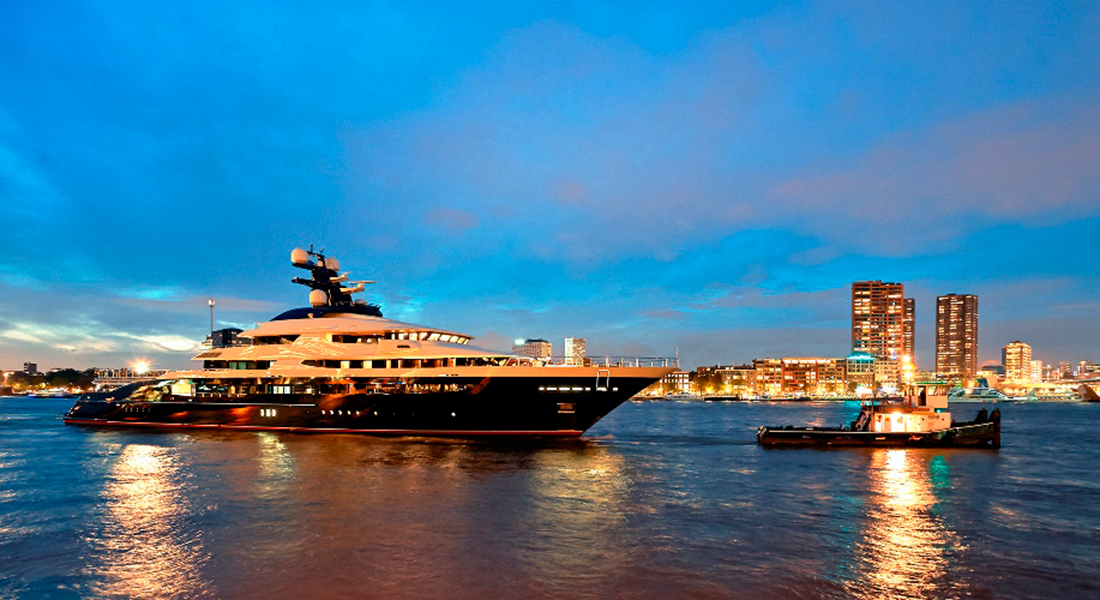- Alaskan Yachts
- Azimut Yachts
- Back Cove Yachts
- Beneteau Yachts
- Benetti Superyachts
- Bertram Yachts
- Boston Whaler
- Broward Yachts
- Buddy Davis Sportfish
- Burger Yachts
- Cabo Yachts
- Catamarans
- Carver Motoryachts
- Center Console
- Chris-Craft Yachts
- Cruisers Yachts
- DeFever Trawlers
- Dufour Sailboats
- Fairline Yachts
- Feadship Yachts
- Ferretti Yachts
- Formula Yachts
- Fountaine Pajot Cats
- Grady-White
- Grand Banks Trawlers
- Hargrave Yachts
- Hatteras Yachts
- Hinckley Picnic Boats
- Horizon Yachts
- Hydra-Sports
- Intrepid Boats
- Jarrett Bay Sportfish
- Jeanneau Yachts
- Kadey-Krogen Trawlers
- Lazzara Yachts
- Luhrs Sportfish
- Marlow Yachts
- Maritimo Yachts
- Marquis Yachts
- McKinna Motoryachts
- Meridian Yachts
- Midnight Express
- MJM Yachts
- Mochi Craft
- Neptunus Motoryachts
- Nordhavn Trawlers
- Nordic Tugs
- Ocean Alexander Yachts
- Offshore Yachts
- Outer Reef
- Oyster Sailing Yachts
- Pacific Mariner Yachts
- Palmer Johnson Yachts
- Pershing Yachts
Decoding Passenger Yacht Code (PYC) with Glynn Smith
August 2, 2017 9:34 am
Captain: “Sorry, sir, but we can only have 12 guests on board for sleeping and cruising.”
Charter Guest: “Why can’t we just squeeze in two more for the night? They’re friends of ours and we didn’t know they were going to be in town.”
Captain: “I’m very sorry. It’s against regulations.”
Every charter captain who’s been in the industry long enough has had to explain the 12-guest limit on board. While a growing number of charter clients understand the rules, limits can still be a point of contention.
During my career as a charter captain, I’ve heard all the arguments, from “I know the maximum is 12 sleeping, but some of us won’t sleep—we plan to party all night” to “I’m only asking for an extra few friends on board, and there are plenty of couches, so what’s the big deal?” Another common angle is to discount children for being small as if they can be stowed in a closet.
The past 15 to 20 years have seen big changes in the charter industry, including the introduction of cruising regulations with such acronyms as ISM, ISPS, MLC, LY3 and, now, PYC—a certification that allows yachts to charter with as many as 36 guests plus crew, if owners choose to build or refit their yachts to the PYC standard.
 Oceanco’s 300-foot (91.5-meter) M/Y Equanimity was the first superyacht to be designed and constructed in compliance with PYC, although she later re-registered as a private vessel.
Oceanco’s 300-foot (91.5-meter) M/Y Equanimity was the first superyacht to be designed and constructed in compliance with PYC, although she later re-registered as a private vessel.
The Red Ensign Group developed the PYC to let vessels carry as many as 36 guests without having to build to the arduous SOLAS requirements, which are intended more for ships and can wreak havoc on luxury yacht aesthetics.
PYC outlines a new set of technical, safety and operational standards specific to the size and use of a private vessel, providing the same level of safety as SOLAS while ensuring that the owner can get the greatest amount of enjoyment from his yacht. The construction process requires consideration of regulatory aspects at every stage, from operations to functionality.
For clients who are considering building superyachts to the PYC standard, the decision typically comes down to how they plan to use the boat. Shipbuilders are keen to embrace the code, says Robert Tan, sales manager at Oceanco, who adds that builders and designers are trying to keep the costs of PYC competitive. Even clients experienced with the LY3 standard can be surprised by the intricacies of PYC, particularly when it comes to price.
There are several code compliance differences between LY3 (for yachts with a maximum of 12 guests) and PYC (for yachts with 12 to 36 guests), all focused on safety while accommodating additional guests and crew. For instance, construction and finishing process materials must meet requirements to reduce the spread of fire. Veneers must be a certain thickness. Fabrics must meet stricter compliance levels. Escape routes must adhere to lower flammability characteristics, with fixed ladders instead of drop-down ladders to expedite an evacuation.
Then there’s construction: a heavier emphasis is placed on keeping the vessel afloat instead of having to abandon it. More watertight compartments are required: even the engine room space must be segmented.
 At the time of this post, Lurssen’s 85-meter M/Y Areti was in the final stages of PYC certification. –Klaus Jordan
At the time of this post, Lurssen’s 85-meter M/Y Areti was in the final stages of PYC certification. –Klaus Jordan
At press time, seven or eight yachts afloat were certified to PYC, with at least 20 more in build for delivery during the next five years. There is no limit on length overall, however, 262 feet (80 meters) currently represents the smaller end of the scale.
PYC is now in its seventh revised edition, with the former edition seeing the inclusion of sailing yachts. The code is here to stay, so if you’re an owner building new or doing a major refit, it’s worth a chat with your project manager to discuss building to the PYC standard—especially if your plans involve charter.
About Glynn
Glynn Smith holds a MCA 3,000-ton captain’s license. He sailed around the world on a sailboat as a boy and was a yacht captain for 23 years, chartering in the Mediterranean and Caribbean for 14 seasons before becoming a superyacht broker at Denison Yacht Sales.
This article is featured on Yachts International.






